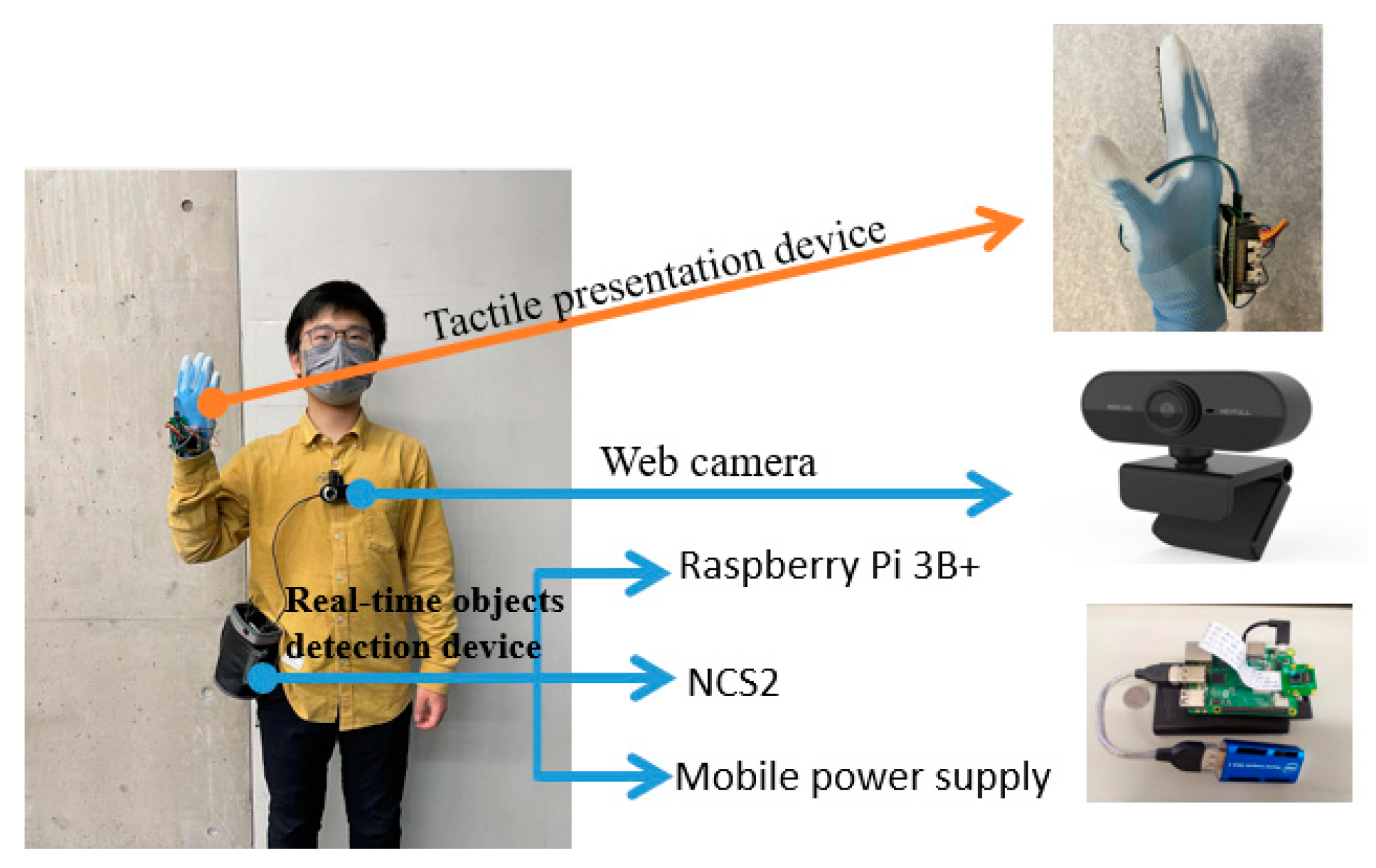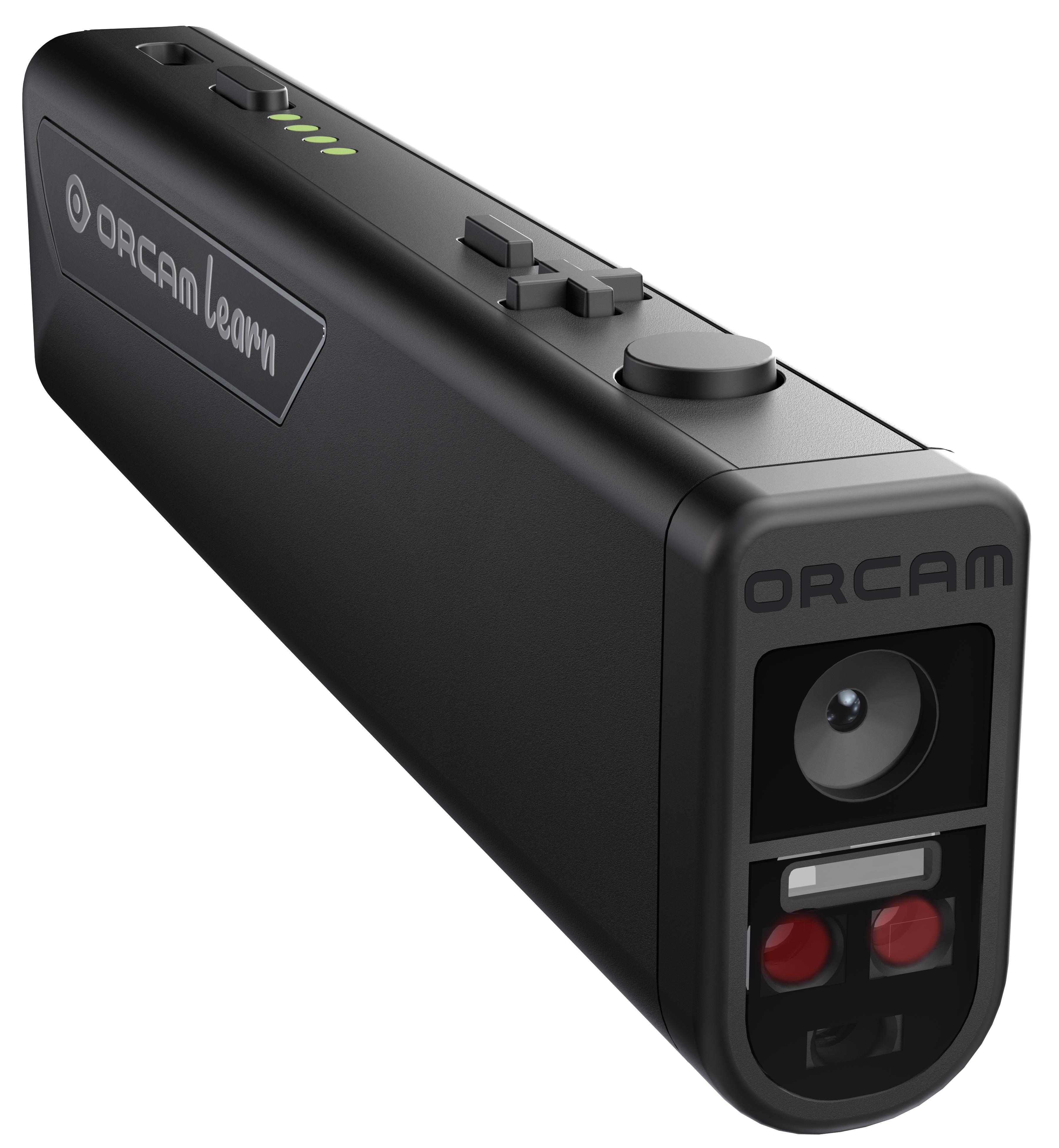Voice-Activated Assistive Devices: Simplifying Regular Tasks
Voice-Activated Assistive Devices: Simplifying Regular Tasks
Blog Article
Discover Ingenious Devices Designed for the Aesthetically Damaged
The advancement of innovative devices for the aesthetically impaired stands for a significant development in accessibility and self-reliance. Technologies such as clever glasses with AI capacities and mobile applications designed to give auditory summaries are reshaping everyday experiences for users.
Smart Glasses for Navigating

Smart glasses created for navigating are transforming the means visually impaired people communicate with their environment. These innovative tools utilize a mix of cam technology, expert system, and acoustic comments to supply real-time details regarding environments. By utilizing obstacle detection systems, smart glasses can notify customers to prospective threats, enabling safer mobility in both familiar and unknown setups.
The combination of GPS modern technology further enhances navigation capacities, permitting individuals to get acoustic directions as they relocate. This hands-free approach not just fosters independence yet likewise encourages aesthetically impaired individuals to browse urban landscapes with raised confidence. Furthermore, numerous smart glasses are outfitted with functions that determine sites and street indications, supplying contextual details that enhances the individual experience.
Furthermore, the development of these devices is continuously progressing, with companies working to improve the precision of item recognition and broaden the array of navigational features. As smart glasses end up being more easily accessible and economical, they hold the possible to considerably transform life for aesthetically impaired customers. Ultimately, these ingenious tools stand for an important step towards inclusivity, offering enhanced flexibility and a higher sense of autonomy for people browsing the globe around them.

Mobile Application for Daily Living
Exactly how can mobile applications enhance the every day lives of visually damaged people? Mobile applications are transforming the means visually damaged customers browse their settings, take care of day-to-day jobs, and access details. These applications offer essential assistance via numerous functionalities, fostering independence and improving top quality of life.
Numerous innovative mobile applications are developed especially for everyday living. For example, apps like Be My Eyes connect visually impaired users with sighted volunteers using video clip phone calls, permitting them to get real-time assistance with tasks such as reviewing labels or browsing unfamiliar rooms. Similarly, Seeing AI, created by Microsoft, utilizes expert system to describe environments, checked out text, and recognize items, effectively changing a smart device into an effective device for everyday assistance.
Additionally, navigation apps tailored for the aesthetically impaired, such as Aira and BlindSquare, use audio-based instructions and ecological info, allowing users to traverse their surroundings securely and with confidence. Past navigating and prompt support, mobile applications likewise support organization and task monitoring, with functions that assist customers set suggestions, create to-do checklists, and track consultations. In summary, mobile applications offer as vital sources, encouraging visually impaired individuals to lead even more independent and satisfying lives.
Wearable Technologies for Help
Empowerment with technology is significantly apparent in the realm of wearable devices created to help aesthetically impaired people. These cutting-edge devices integrate flawlessly into daily life, improving navigation and providing vital feedback to customers. For example, wise glasses geared up with cams can read and acknowledge faces message aloud, permitting users to interact even more with confidence in professional and social setups.
An additional remarkable innovation is the usage of haptic comments systems in wearable devices. These systems use vibrations or other responsive signals to share Go Here info regarding the individual's environment, such as barriers or adjustments in terrain, improving flexibility and safety. Wearable technologies likewise include wristbands that link to smart devices, informing users to alerts through refined vibrations, thus improving connectivity without reliance on visual cues.
As these innovations remain to advance, they are not just enhancing freedom for visually damaged people however additionally fostering a greater feeling of incorporation in society. By bridging the gap in between difficulties encountered in day-to-day living and the possibility for freedom, wearable modern technologies work as crucial devices in the quest for equality and empowerment for those with aesthetic problems.
Audio Description Devices
Sound summary tools play an important duty in boosting accessibility for aesthetically damaged individuals, giving them with the capacity to engage with visual media. Speech-to-text devices for low vision. These tools offer narrated summaries of key visual components in movies, tv programs, and live performances, guaranteeing that users can totally understand my company the context and feelings shared with visuals
Sound description can be integrated right into various systems, consisting of streaming services, movie theater screenings, and live movie theater. Numerous prominent streaming solutions currently consist of audio summary as an access attribute, permitting viewers to pick it conveniently. In addition to mainstream media, specialized applications additionally exist, giving audio summaries for art events, museums, and other cultural events.
The efficiency of audio description depends upon the skill of the storytellers, that must convey visual details succinctly without detracting from the original sound. Technologies in this area are additionally leading the way for more personalized experiences, where users can readjust the degree of detail and pacing according to their choices.
Braille Innovations and Devices
Braille advancements and devices have substantially transformed the means aesthetically impaired people interact with text and info. Modern developments have actually led to the growth of versatile tools that enhance literacy and independence amongst customers. blue light filtering glasses Notably, Braille show modern technologies have progressed, permitting vibrant reading experiences. These gadgets transform electronic message right into Braille, enabling individuals to access a huge selection of information on computer systems, tablet computers, and smartphones.
In addition, portable Braille notetakers incorporate conventional Braille input with modern performances, helping with note-taking, organizing, and record editing and enhancing on the move. Wearable technology for low vision. These small gadgets commonly feature text-to-speech abilities, bridging the space in between Braille and acoustic details
On top of that, ingenious Braille printers have emerged, enabling users to produce Braille tags, records, and instructional materials efficiently. This accessibility cultivates higher involvement in specialist and instructional environments, inevitably promoting inclusivity.
Furthermore, research study into clever Braille innovations remains to increase. Devices that include expert system are being checked out to offer real-time navigating assistance and contextual details, improving the customer experience in diverse setups. In general, these advancements reflect a dedication to empowering aesthetically impaired people with technology, guaranteeing they can easily access and engage with the world around them.

Conclusion
The improvement of ingenious devices for the aesthetically impaired substantially enhances freedom and quality of life. These innovations not only foster greater incorporation yet likewise advertise autonomy in daily activities, inevitably adding to a much more fair and accessible culture for visually impaired people.
As wise glasses come to be a lot more obtainable and budget-friendly, they hold the possible to significantly transform daily life for aesthetically impaired users. Mobile applications are transforming the means visually damaged customers browse their environments, take care of everyday tasks, and accessibility information. Apps like Be My Eyes link aesthetically impaired individuals with sighted volunteers via video clip calls, permitting them to receive real-time aid with jobs such as reviewing tags or navigating unfamiliar areas.Additionally, navigating apps tailored for the aesthetically impaired, such as Aira and BlindSquare, use audio-based instructions and environmental information, making it possible for users to traverse their environments safely and with confidence.The advancement of ingenious tools for the visually impaired substantially enhances self-reliance and top quality of life.
Report this page